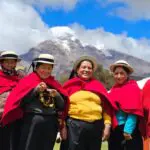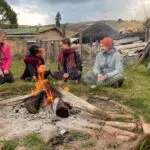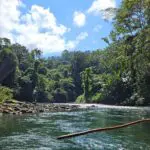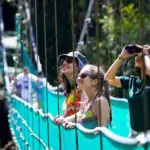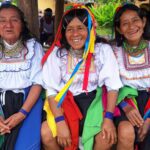Let us tell you about the Historic Center of Lima. Let us tell you about the glory of this city on the shore of the Pacific, on the edge of the desert and almost always wrapped in a mist which gives it this sad sky without tears. Let me talk to you about what it is that evokes the memory in this city, which on many occasions seems not to have a past.
Perhaps you would also like to know if there is anything left of the “old bridge, the river and the avenue” that Chabuca Granda was remembering when he sang “La flor de la canela”. The river, of course, is the Rímac, on whose shores Francisco Pizarro in 1535 founded a town that, as it was on the 6th of January, he did well to call the City of Kings. It is said that he himself, drew the plotting of the future capital in the earth with his sword. Entering now into these streets which are still respecting his wishes – Lima is just “as old as Pizarro”, according to what Melville wrote in Moby Dick – it is a pleasant adventure full of surprises because of the numerous findings you will make in every moment – memories from the time when it was the most important city on the continent – and also the enormous task of restoration which has been done on it.
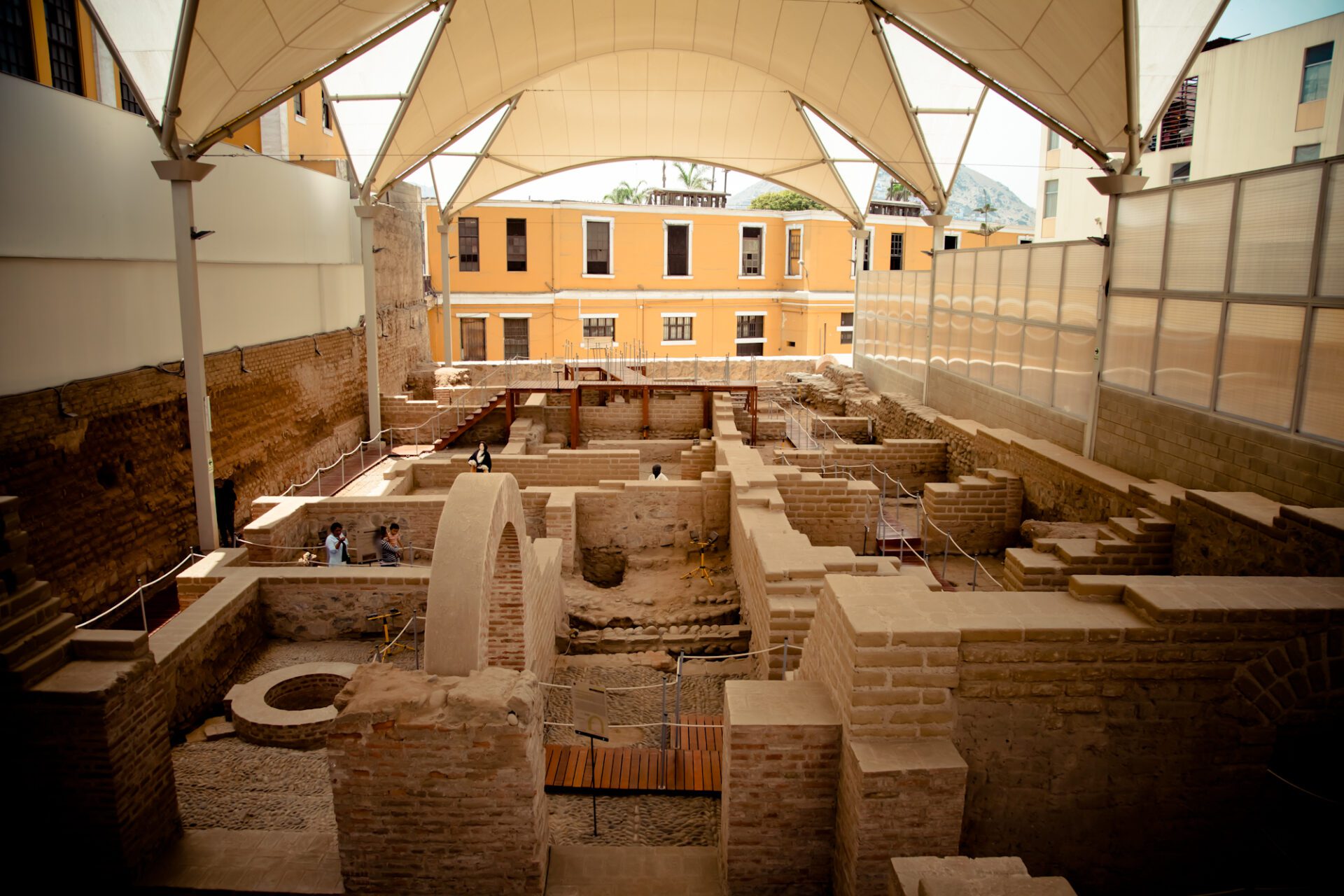
This discovery of Lima can start in at the Plaza de Armas, where the thirst for power has always been quenched. Here are the Government Palace, the City Hall, the Cathedral and the Archbishop’s Palace. None of the buildings has seen the early days of the Viceroyalty, since only the cathedral was built before the 20th century, and not even this one is from the time of Pizarro. Earthquakes have been busy levelling Lima periodically, and the one in 1746 was especially demolishing. In any case, this eighteenth-century cathedral largely represents the character of the city: it is serious, reborn from its ashes every time it is necessary, and it protects the remains of its founder. To find the tomb of the extreme conqueror you have to look for it in the first chapel that opens on the right side of the nave. But if his tomb still enjoys a place of honour, the monument depicting him on horseback, whose twin brother stands in the square of Trujillo, his native village in the province of Cáceres, was recently moved from one corner of the square to a nearby park along the river.
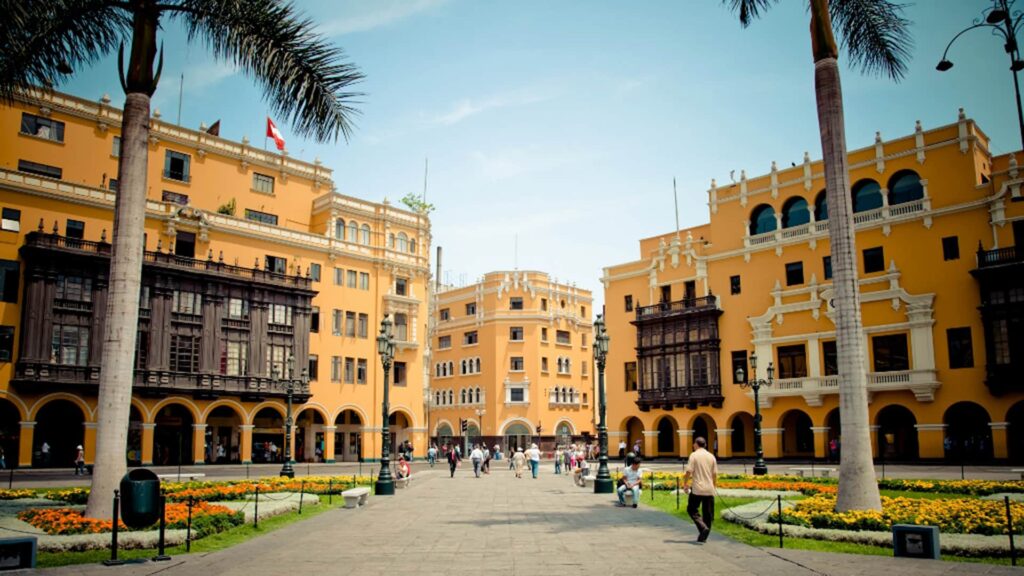
The earthquake in 1746 swept away much of the colonial city and, although a few buildings survived, the majority of the ones that remain from the time of the Viceroyalty are from the years that followed immediately. This detracts antiquity from the set, but it gives it a nice consistency. Around the plaza there are still various examples of houses and palaces from that time remaining, with solid wood turning balconies and plastered facades with soft colours, from yellow to pink (this in honour of Santa Rosa de Lima, the first saint of the Western hemisphere). The most extravagant, like the Casa Aliaga or Palacio Torre Tagle, are not easily visit so you have to settle for other minor examples, like the houses of Riva Agüero, Pilatos or Larriva.
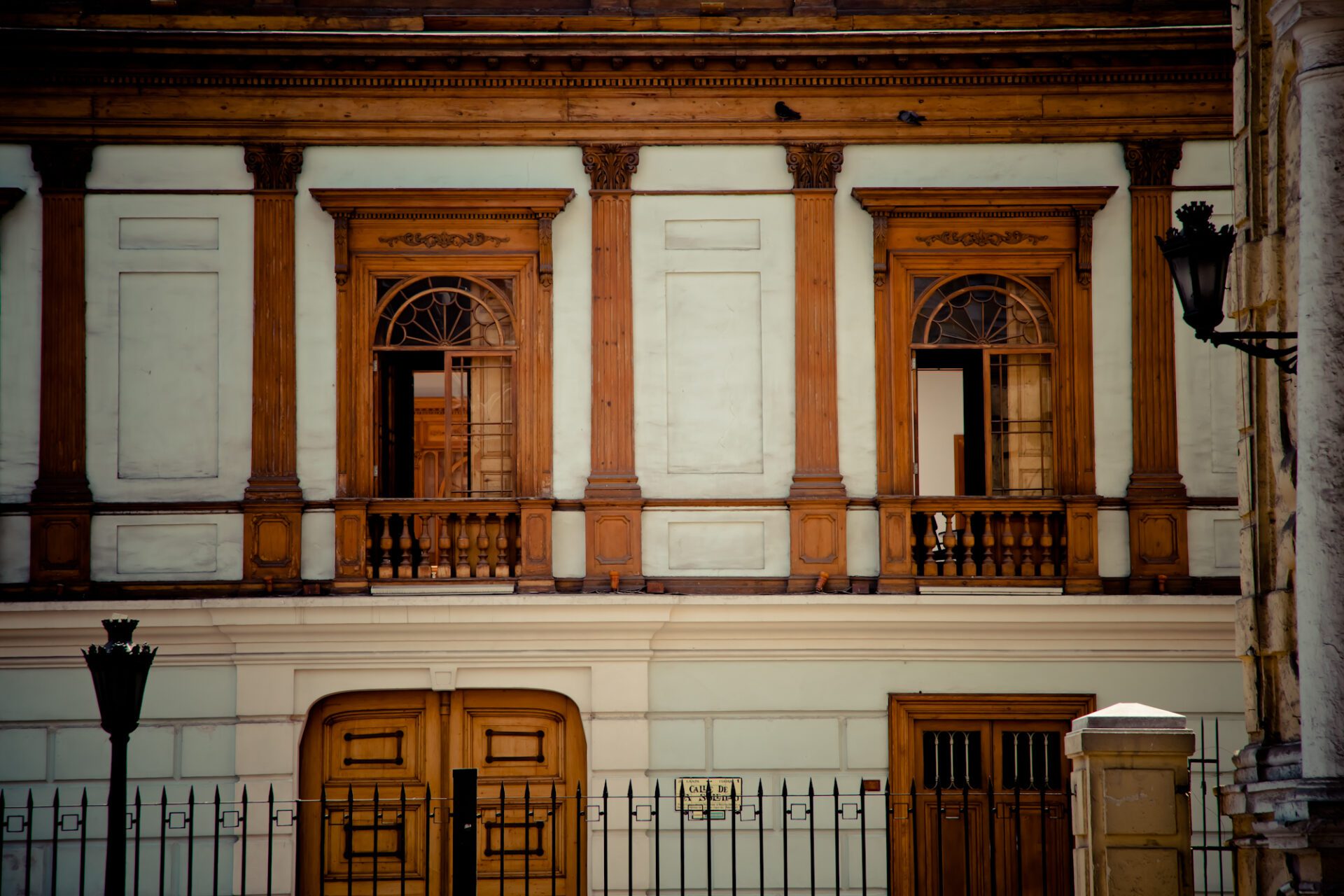
The other examples of the colonial past are found in the churches in the surroundings, and there is something interesting about each of them, like the library and the catacombs of San Francisco, the convent and tombs of Santa Rosa and San Martín de Porres in Santo Domingo, the churrigueresca facade of St. Agustín or the altarpieces of San Pedro. The walk from the Plaza de Armas to San Martín through the jirón de la Unión takes you to the church of la Merced, where the first Mass was celebrated even before the city was founded. In this tour of monumental Lima you will pass through a parallel city, something old but very alive, where one can come across a character of the tales of Julio Ramón Ribeyro and where stores, libraries, tailor shops, restaurants like El Cordano, in front of the renovated Desamparados train station, Hotel Bolívar and the plaza of San Martin still survive. Incidentally, the action of Conversation in the Cathedral started here, perhaps the greatest work of Mario Vargas Llosa set in this city of a thousand faces.
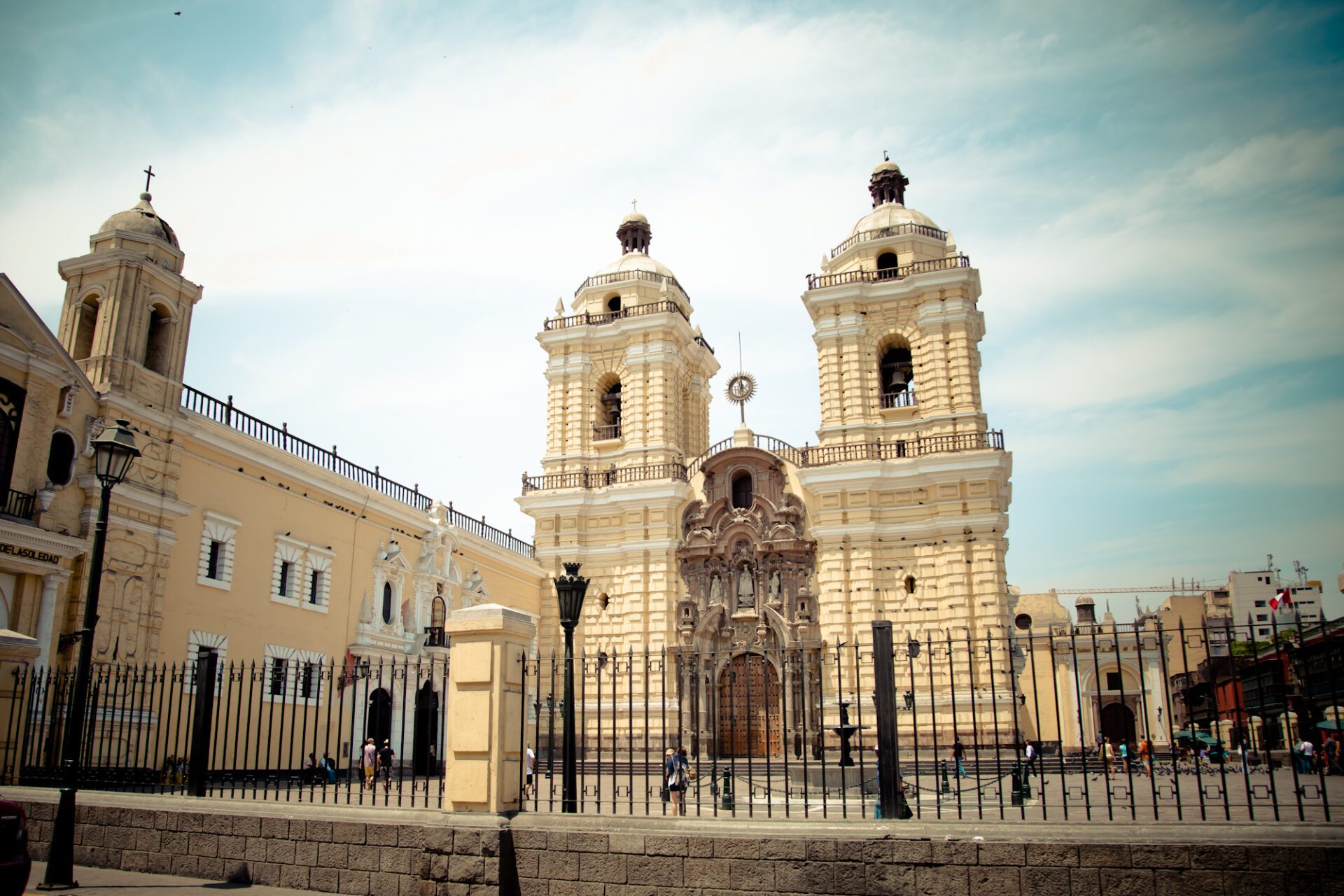
At a certain time, Lima crossed the river and started urbanizing on the other bank, what is now called the Rimac district. The wealthy families built their homes with stunning balconies there, but time took its toll. Now, the whole neighbourhood transmits a certain sense of abandonment, as if time has passed slower here, giving the place an outdated look. To get to know it you just have to cross the river through the stone bridge – the old bridge of ‘La Flor de la Canela” no longer exists – that is behind the Government Palace and stroll in search of the mall of the Descalzos to enter in this old Lima, with noble houses and shops of another time. Here, you can still find shops selling jipijapa, the hats that horsemen of fine appearance wore gracefully during the first half of the last century. The alameda leads to the convent of the Descalzos, a place rarely visited, but that teaches us much about life in Lima in the seventeenth century, when it was the finest of all of South-America. Much of the territory is still intact, and time should be devoted to the magnificent collection of colonial paintings, of the schools Cusco and Quito. Here, the visitor will see the drama of the city with its own eyes, that once was the centre of a viceroyalty and that conserves a colonial heart that UNESCO considers a World Heritage Site, but has never been sold in an appropriate manner, to the extent that it has not been able to give its name to a painting school.
Read a related blog here: Travel Guide to Lima
If you are interested in visiting the city in a local way, don’t forget to get inspired by our tours in the capital and if you don’t find what you are looking for contact us.

